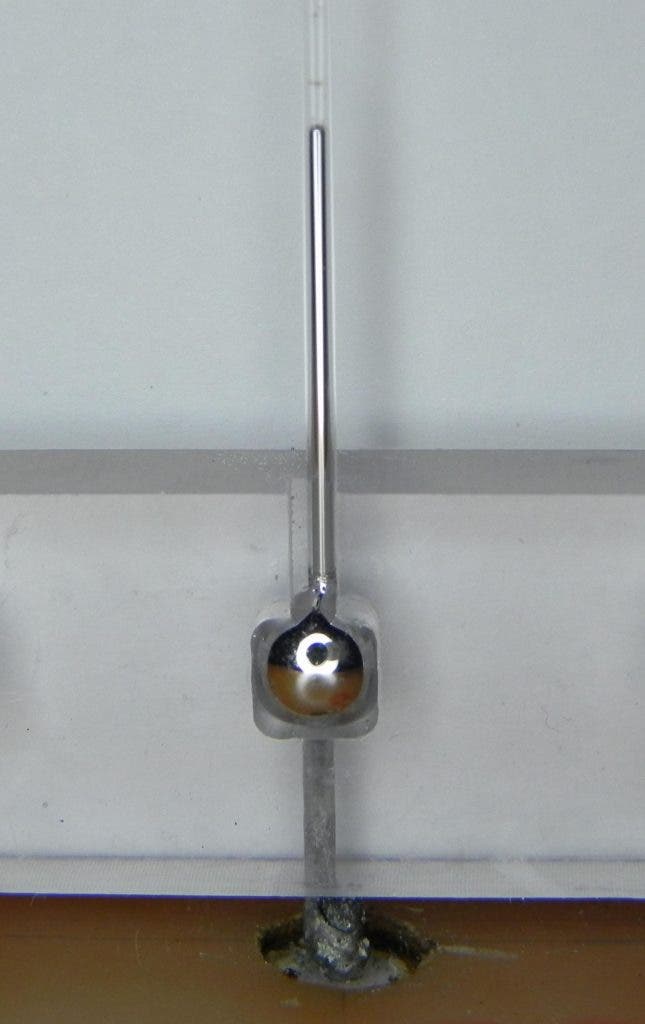For the first time, researchers have discovered how to control liquid metal inside antennas using voltage. This could add increase functionality to antennas, allowing them to perform more functions and have greater tuning flexibility.

Researchers have been interested in liquid metal antennas for years now, but the main drawback was the fact that you could only tune them with an external pump – and an external pump is extremely difficult to integrate into a modern electronic design. Jacob Adams, co-author and an assistant professor in the Department of Electrical and Computer Engineering at North Carolina State University explains:
“Mobile device sizes are continuing to shrink and the burgeoning Internet of Things will likely create an enormous demand for small wireless systems,” Adams said. “And as the number of services that a device must be capable of supporting grows, so too will the number of frequency bands over which the antenna and RF front-end must operate. This combination will create a real antenna design challenge for mobile systems because antenna size and operating bandwidth tend to be conflicting tradeoffs.”
For this reason, tunable antennas are extremely desirable, and this is technology could have significant implications for the whole electronics industry. They used electrochemical reactions to shorten and elongate a filament of liquid metal and change the antenna’s operating frequency. Applying a positive voltage causes a positive flow, with the liquid metal flowing into the capillary, while a negative flow makes the metal retreat.
To some extent, antenna properties could be reconfigured with solid conductors, but the liquid metal approach greatly increases the range over which the antenna’s operating frequency can be tuned. Devices can be miniaturized adapted to correct for near-field loading problems while also yielding a broader range of tuning capabilities.
Their next goal is to control the flow of the liquid metal in more than one direction – that is, instead of just making it move forward or backward, also making it go sideways.
“This would enable enormous flexibility in the electromagnetic properties of the antenna and allow a single adaptive antenna to perform many functions,” he added.
But in the mean time, they’re just enjoying discovering more about antennas; even though we’ve been using the concept for decades, there’s still much we have yet to learn about them.
“There’s still much to learn about the behavior of the surface oxides and their effect on the surface tension of the metal,” Adams said. “And we’re studying ways to further improve the efficiency and speed of reconfiguration.”
Journal Reference: M. Wang, C. Trlica, M.R. Khan, M.D. Dickey and J.J. Adams, “A reconfigurable liquid metal antenna driven by electrochemically controlled capillarity,” Journal of Applied Physics May 19, 2015 DOI:jap/117/19/10.1063/1.4919605
Was this helpful?



